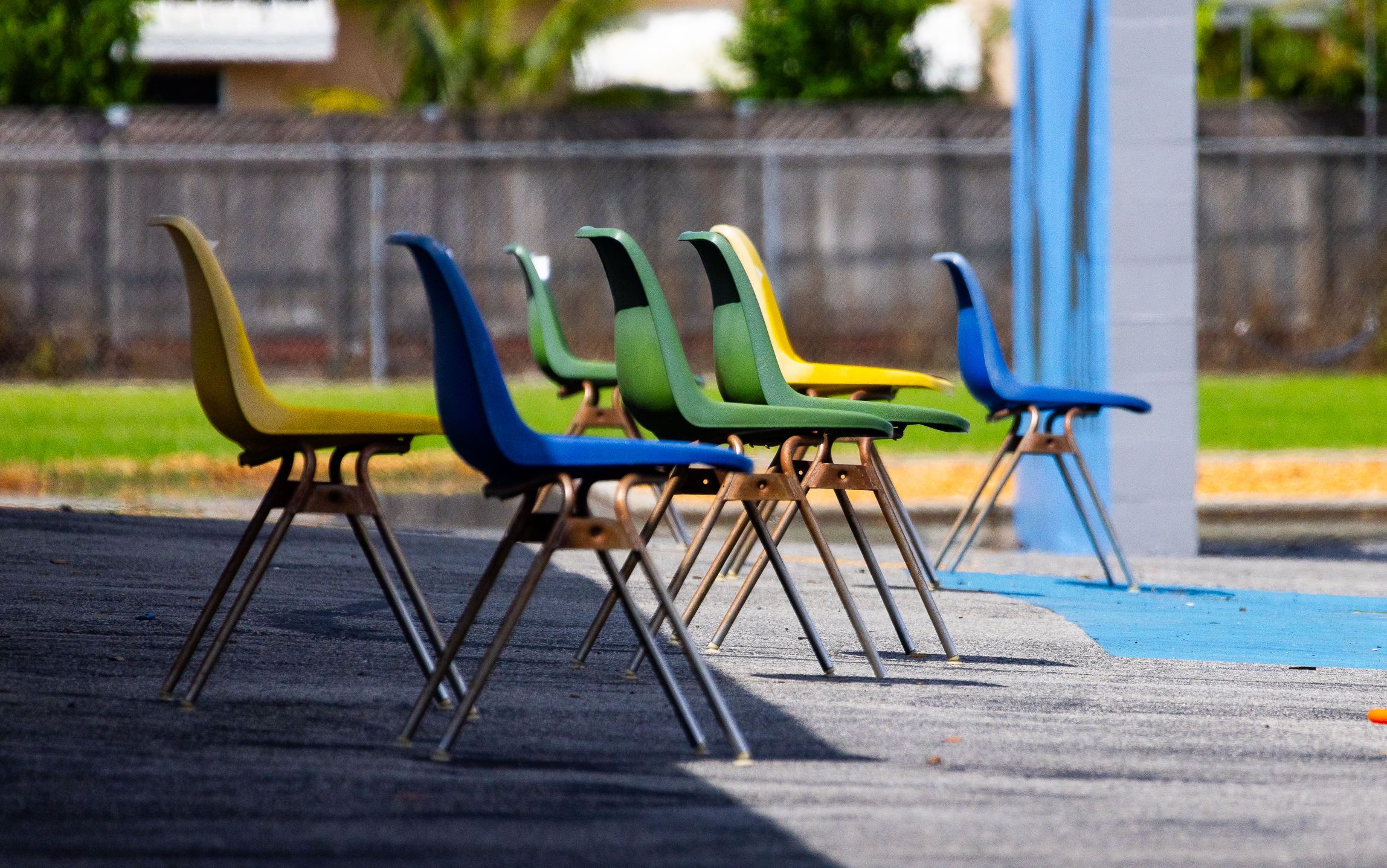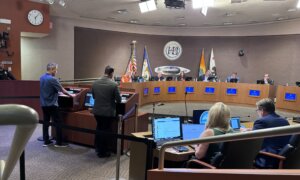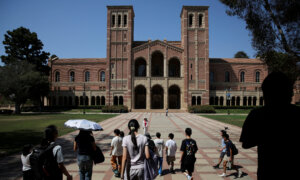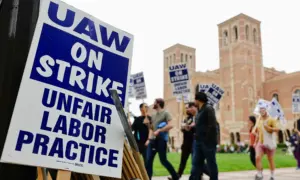Correction: A previous version of this article misstated the amount of budget deficit. The Epoch Times regrets the error.
San Francisco’s public school district is expected to have a $420 million budget deficit by the 2025–26 school year, according to district officials.
The deficit is an accumulation of the district’s overspending and reliance on one-time federal and pandemic funds, Superintendent Matt Wayne said at a Dec. 12 school board meeting.
With a $1.2 billion budget and about 47,000 students, the district currently spends an average of about $25,400 per student—well above the state average of $17,300, according to the state education database Education Data Partnership.
In addition to federal funds expiring, the district is facing an enrollment decline. It has lost more than 5,000 students over the past four years and is expected to lose nearly a thousand more in the coming years, according to district officials.
Because California funds public schools partially based on enrollment, this means the district is losing critical funds.
At the meeting, Mr. Wayne said district officials will work on budget planning over the next few months. Budget planning sessions typically occur from January to June and are enacted in June or July.
The possible deficit is “an illustration of what would happen if the board did not take action. In fact, by the board taking action,” Mr. Wayne said. “We will show we have a balanced budget by the end of 2025–2026.”
To mitigate the effects of the deficit, he said the district could see a nearly 10 percent reduction in its 10,000 staff force.
The superintendent said about 927 district positions—all currently vacant—could be cut over the next 18 months to save about $103 million annually.
Those positions include teachers, custodians, central office staff, and administrators, he said.
He additionally said he would also look at other areas to help balance the budget.
“We have a few other areas that we are looking at, like where we spend money on consultants, on the district office, how we are staffing our schools, we will be looking at that through our budget planning process,” he said during the meeting. He added that the district currently had no plans to close schools or lay off existing staff.
Despite financial hardships, the district will likely continue with teacher pay raises it pledged to its teacher’s union, the United Educators of San Francisco, in October. However, the district’s board still needs to vote to approve the raises.
The district promised to pay teachers a six percent retroactive salary increase for the 2022–23 school year, and a 10 percent salary increase for 2023–24 as well as an additional one-time $1,500 stipend per union member, according to an October district statement.
If the school board fails to get spending under control within the next two years, the district will run out of money and the state will take over the financial management of the district, according to the San Francisco Chronicle.
For now, a state takeover is not yet out of the realm of possibility, according to Mr. Wayne.
This is not the first time the district has faced a significant budget shortfall.
In 2021, the board of education approved cutting $50 million from school sites and $40 million from district headquarters staff as part of an effort to close a $125 million deficit and avoid a state takeover.
That same year, the state appointed fiscal experts to help guide the district back into financial security to avoid a state takeover.














